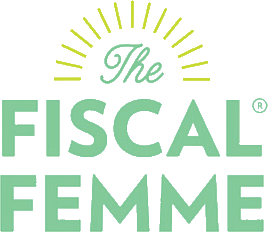529 Plans - Everything You Need to Know
If paying for your child’s college education is one of your financial goals (and even if it’s not), you’ve probably heard you should start saving in a 529 plan. Here’s the lowdown on 529 plans - what they are, their benefits, their potential downsides, and how much you (generally) want to be putting aside for your child’s (or future child’s) education.
What’s a 529 plan?
A 529 plan is a tax-advantaged way to save up for your child’s college education via plans offered by a state or educational institution.
There are two types:
College Savings Plan
An investment account to save for qualified higher education expenses including tuition, mandatory fees, and room and board. This operates very similarly to the way a Roth IRA (Individual Retirement Account) works for retirement.
Prepaid Tuition Plan
You can purchase units or credits at participating colleges and universities. This includes tuition and mandatory fees (excludes room and board).
What are the benefits?
You get income tax breaks.
The earnings on your investments are not taxed and you don’t pay taxes when you withdraw the money to pay for college or qualified education expenses.
You may get state tax breaks.
Some states offer tax deductions on the plans as well! Check if your state does here.
You can change the beneficiary.
If you want to change the recipient of the funds, you can! If your first child ends up getting a full ride or not going to college, you can move it to another child's name. You can also use it yourself or can pass it down to the next generation in your family.
You can set it and forget it.
529 plans make it easy to set up automatic contributions so you are creating the space and habit to save for college expenses on a regular basis.
Things to watch out for.
10% penalty.
If you use the funds for anything other than qualifying college expenses, you will incur a 10% penalty plus income tax on any earnings.
Fees.
We want to be very aware of fees when it comes to our 529 plans just like we would any other area of our personal finances. Watch out for high broker fees and fund expense ratios!
Financial aid.
Something to note: 529 plans are reported as parental assets on the financial aid application.
How much?
While it’s helpful to know how much you want to be contributing now to pay for your child’s education, the numbers can be pretty daunting. If a 529 plan is a good option for you, use an online calculator to get an idea of your contributions, but don’t let that deter you from getting started. Even small contributions over time can make a big difference and help build momentum for larger contributions going forward.


